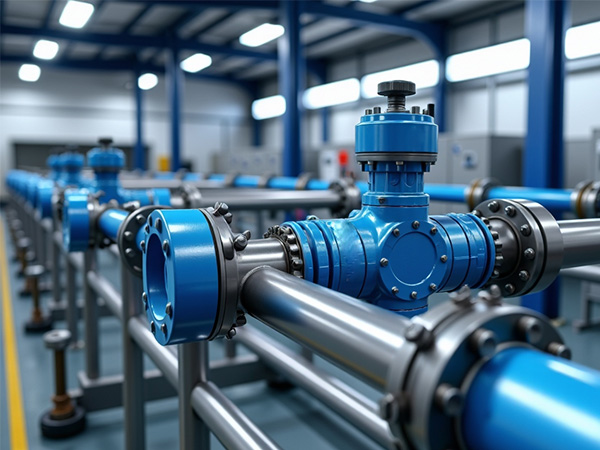NEWS
- News Type
- Industry dynamics
- Company News
- Technical knowledge
The causes of leakage at the valve sealing surface

The sealing surface of a valve is its core component. The leakage forms of the sealing surface can generally be classified into several types, namely, leakage from the sealing surface, leakage from the connection between the sealing ring and the valve body, leakage caused by the detachment of the closing member, and leakage due to foreign substances embedded between the sealing surfaces. One of the most common uses of valves in pipelines and equipment is to cut off the flow of media. Therefore, the sealing performance of the valve is the main factor determining whether internal leakage occurs or not. The sealing surface of a valve is usually composed of a pair of sealing pairs, one on the valve body and the other on the valve disc.
The reasons for leakage from the sealing surface are generally as follows:
1. The sealing surface is not ground flat, and a tight line cannot be formed.
2. The connection between the valve stem and the closing member is loose, misaligned, or worn.
3. The valve stem is bent or not properly assembled, causing the closing member to be skewed or not centered.
4. The sealing surface material is improperly selected or the valve is not selected according to the working conditions, leading to corrosion, erosion, and wear of the sealing surface.
5. The surfacing and heat treatment are not carried out in accordance with the regulations, resulting in defects such as wear due to low hardness, corrosion due to loss of alloy elements, and cracks due to excessive internal stress.
6. The sealing surface that has undergone surface treatment peels off or loses its original performance due to excessive grinding.
7. The sealing surface does not close tightly or a fine gap appears due to cold shrinkage after closing, causing erosion.
8. The valve is used as a throttle valve or pressure reducing valve instead of a shut-off valve, causing the sealing surface to be eroded and damaged.
9. Excessive closing force is continuously applied when the valve is already in the fully closed position, including incorrect operation with a long lever, which can cause the sealing surface to be crushed or deformed.








